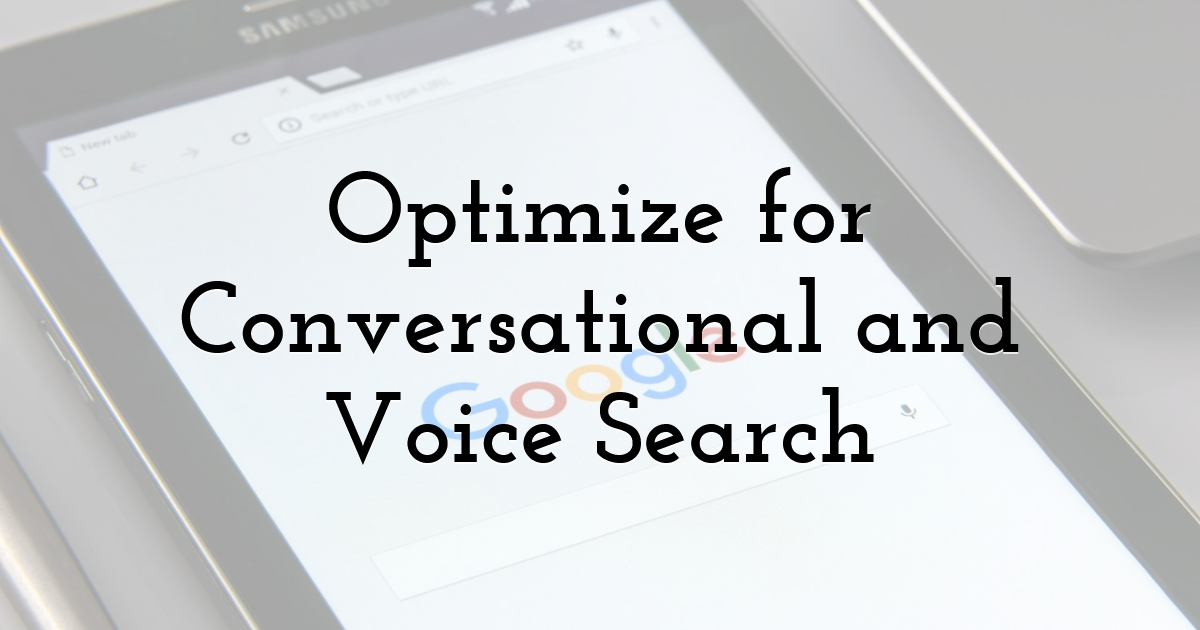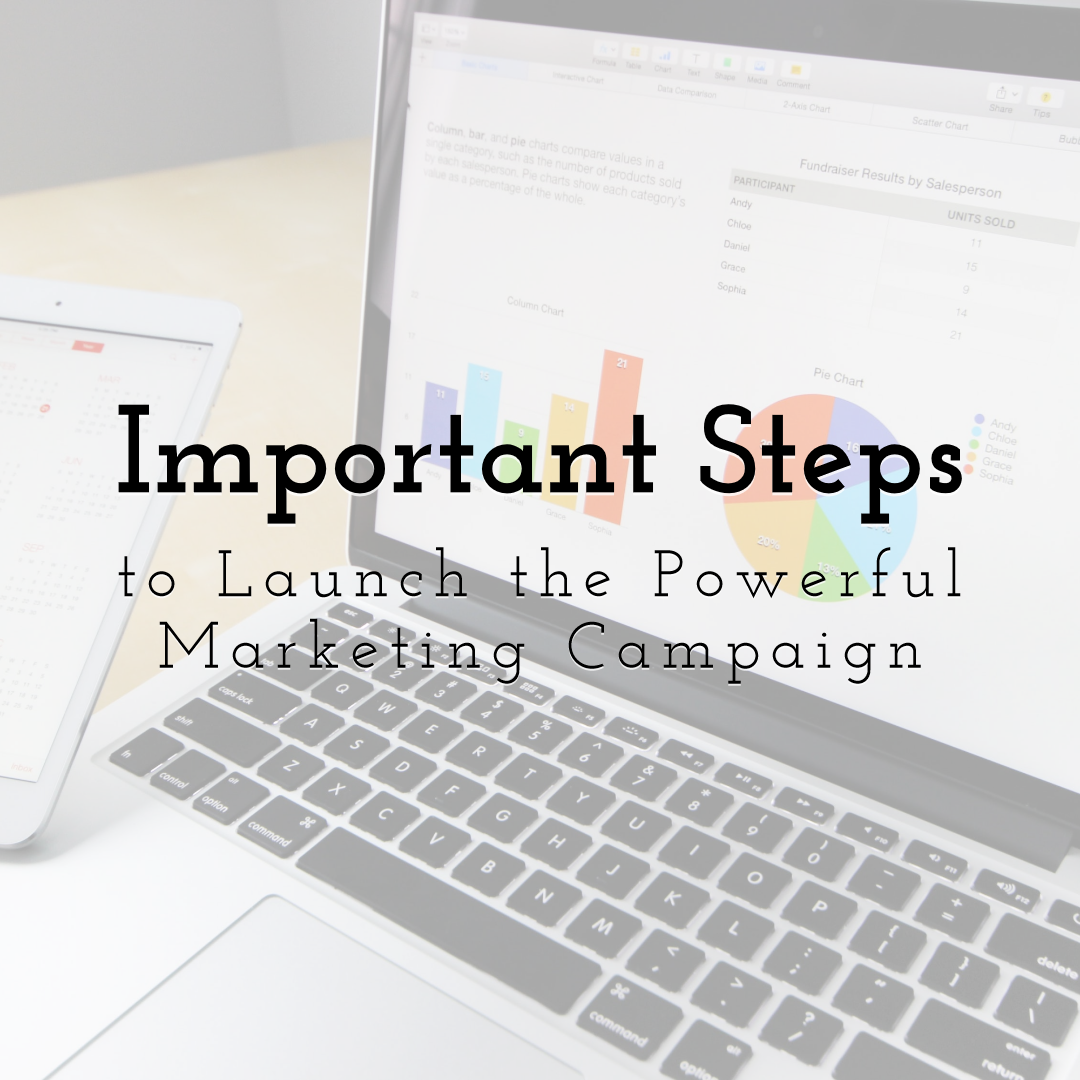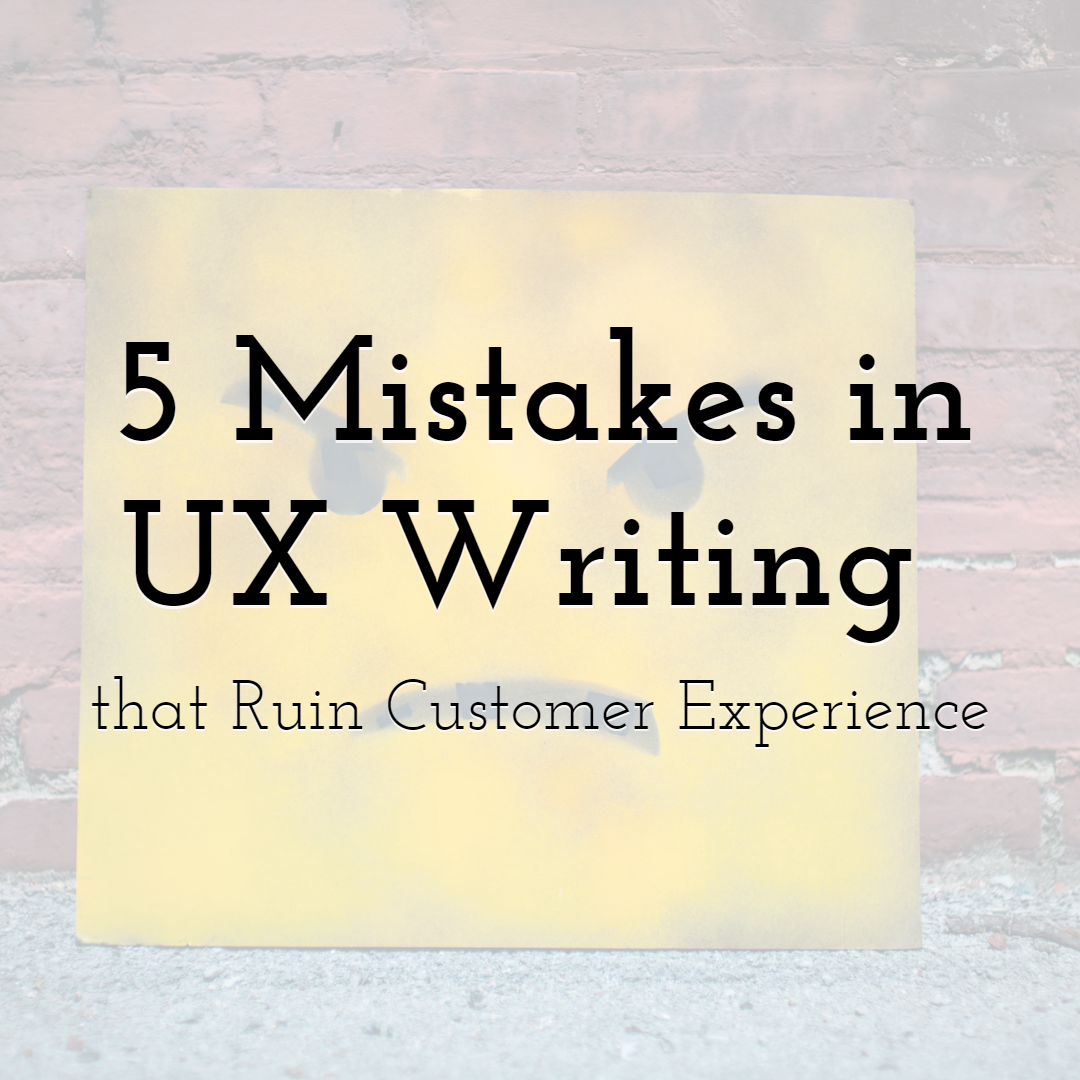4 Strategies to Maximize Your AI-Powered Search Market Share

Way back in 2008, Google launched its Chrome browser. It quietly kicked off a whole new chapter for online marketing. Since then, its algorithm updates have kept all the SEO and content pros on their toes, forcing them to rethink how to get seen online.
But just when everyone thought they had it figured out, the digital world has started to shift again. This time, generative AI is the star of the show.
AI search engines are changing how people find things online. They give answers right there on the results page, meaning users don't have to click through to different websites anymore. No wonder the market is expected to reach $108 billion by 2032.
So, how do you get your slice of the cake? Rethinking your strategies can help you capture and keep that precious market share.
Here are a few strategies that can help you carve out your place in the AI search world.
#1 Create Content for People, But Structure it for Machines

The golden rule is simple: create content for real people. It should aim to help, inform, or entertain them. When content genuinely solves a problem or provides valuable information, it resonates with users.
This human-first approach aligns perfectly with AI's goals. AI strives to deliver personalized and contextually relevant search results. It also tends to surface content based on how well your content answers the actual question being asked. So, what helps people often helps with AI visibility.
The content is for humans, sure, but its structure needs to be friendly for machines. That helps AI understand and rank great content.
Headings create a simple outline that helps AI understand your structure. Use a single, clear H1 for the main topic, H2s for the big ideas, and H3s for the finer points.
Bullet points and numbered lists make information easy for people to scan. They also make it simple for AI to pull information for summaries or featured snippets.
Oh, and keep things simple. Use clear, direct language and avoid jargon unless the target audience is familiar with it.
#2 Optimize for Conversational and Voice Search

The days of typing a query and clicking links are fading fast.
Voice search is rising, and the statistics don’t lie. Around 50% of Americans with mobile phones make voice searches daily. So, now people ask Siri or Alexa questions and expect an instant, to-the-point reply.
The shift to voice search means you need to move beyond short-tail keywords and use long-tail ones. They sound like how people actually talk.
Take a look at customer support questions or social media comments. They can reveal how people genuinely ask about products or services. Tools like 'Answer the Public' can also show you the actual questions people are asking.
Got your list of questions? Great. Now, focus on creating content that directly tackles each one. Use the question as a heading. Then, give a clear, concise answer right away
This also helps you show up in featured snippets. Those are the answer boxes you see at the very top of Google search results.
#3 Speed, UX, and Technical SEO Still Matter

Even with AI, the basics matter. A slow website is a major turn-off for people, and AI notices this, too. Aiming for fast loading times, ideally under 3 seconds, is a good goal.
A good user experience (UX) means a site is easy and enjoyable to use. If people like a website, AI often takes that as a positive signal. Technical SEO, the "under-the-hood" stuff, provides the foundation for all of this — especially when you’re deploying on platforms that offer modern GPU hosting plus built-in deployment workflows, ensuring your site stays responsive under high demand..
AI needs to be able to find, crawl, and read a site's content. A clean robots.txt file helps with this. More importantly, structured data, often called schema markup, gives AI a detailed map of the content. This is incredibly important for getting rich results and AI Overviews.
If your current website falls short in speed, UX, or technical SEO, consider a redesign.
AI-powered website builders can create fast, user-friendly, and search-optimized sites, which keep users engaged and meet AI’s standards, too.
With these tools, you don’t have to rack your brains learning how to code. That is because AI does all the heavy lifting. According to Hocoos, you just have to answer a few questions about your business and the AI wizard builds your site within minutes.
#4 Saturate the SERPs

Why fight for just one spot in search engine page results when you can dominate multiple of them? That is SERP saturation.
This isn't just about the traditional blue links. It includes images, "People Also Ask" boxes, map packs, and the increasingly common AI Overviews. The more visible your brand is, the more likely people are to click on its offerings.
Creating great blog posts, guides, and resource pages that rank well organically is one tactic to saturate the SERPs. Another tactic is to cover a topic from every angle. This will help you become the go-to resource and build topical authority, signaling expertise to users and AI.
Don’t miss out on videos. According to experts, video content helps saturate the SERPs while improving conversions.
Getting mentioned on other reputable websites also matters. Participating in relevant forums or social media discussions by sharing real value can also boost visibility and authority.
Maximizing your AI-powered search market share is about balance. You’ve got to be human-friendly, but also machine-savvy. So, combine these strategies, and you’ll stay ahead of the competition, no matter how search evolves.
Until next time, Be creative! - Pix'sTory
Recommended posts
-

Important Steps to Launch the Powerful Marketing Campaign
Read More › -

Best Tools & Services each Online Business Should Use
Read More › -

Top Tips For Marketing Your Company In Different Mediums
Read More › -

How to Add an Anime Filter to Your Videos
Read More › -

4 Ways to Use Pyramid Diagram in Your Business Presentation
Read More › -

5 Mistakes in UX Writing that Ruin Customer Experience
Read More ›
